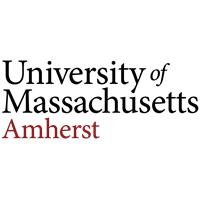Below is a summary of the abstract you submitted. Presenting author(s) is shown in bold.
If any changes need to be made, you can modify the abstract or change the authors.
You can also download a .docx version of this abstract.
If there are any problems, please email Dan at dar78@pitt.edu and he'll take care of them!
This abstract was last modified on March 21, 2023 at 9:35 a.m..

The UMass Amherst SEA-PHAGES program has collected and isolated a total of 170 phages across the UMass campus and surrounding areas over the past four years. Of the isolated samples, 12 bacteriophages have been sequenced including 10 phages found directly on campus grounds. This has provided us with the opportunity to not only find new phages but also utilize information gathered to test phage diversity around the UMass campus. Given that the location and date of each sample have been collected, we can utilize conserved genes across phages to observe how the spatial distribution of phages may influence genetic similarity. This research is based on a recent study, which compared phages from France to phages in Germany. The research showed that phages adapt to their local environment and thus share similar genetic variations within the same population. While the study hypothesized that variation between spatially different populations was caused due to its host interaction, I want to see how other genes are impacted by spatial differences. Thus, I hypothesize that as the distance between phages increases, the similarity between the conserved genes would decrease.
